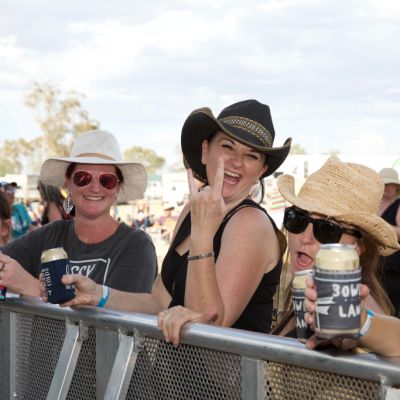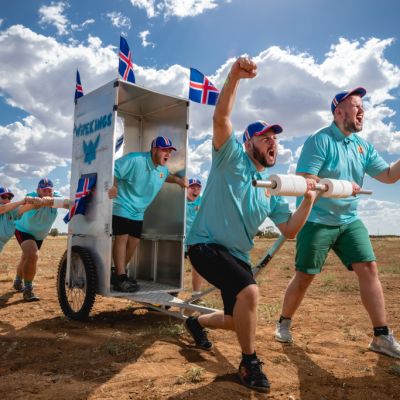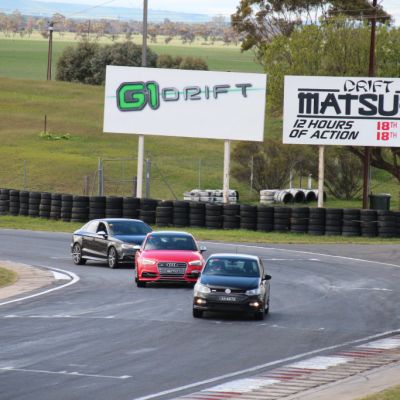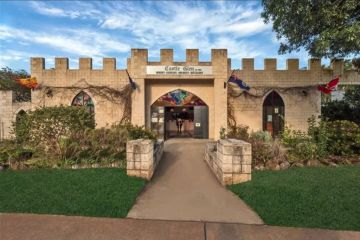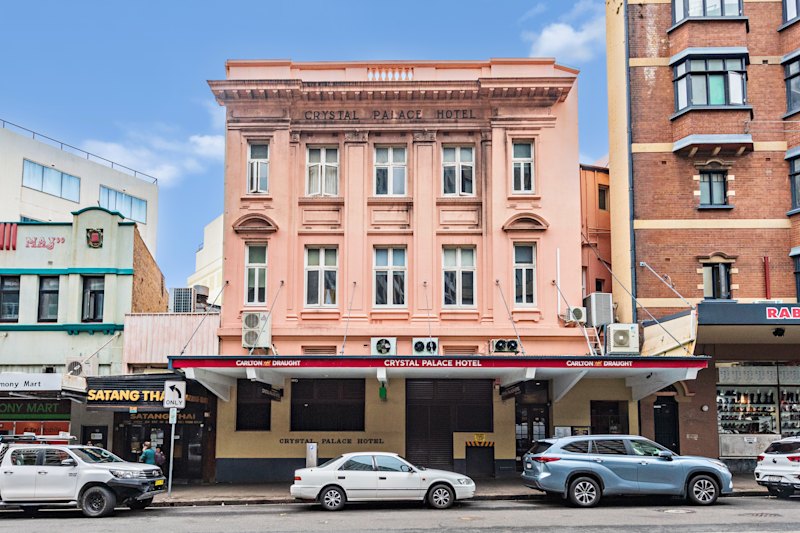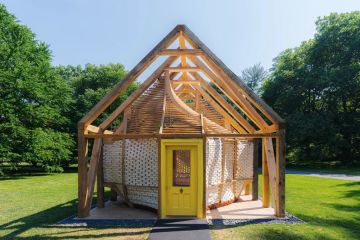Escape to Silverton: The town that's the Hollywood of Australia's outback
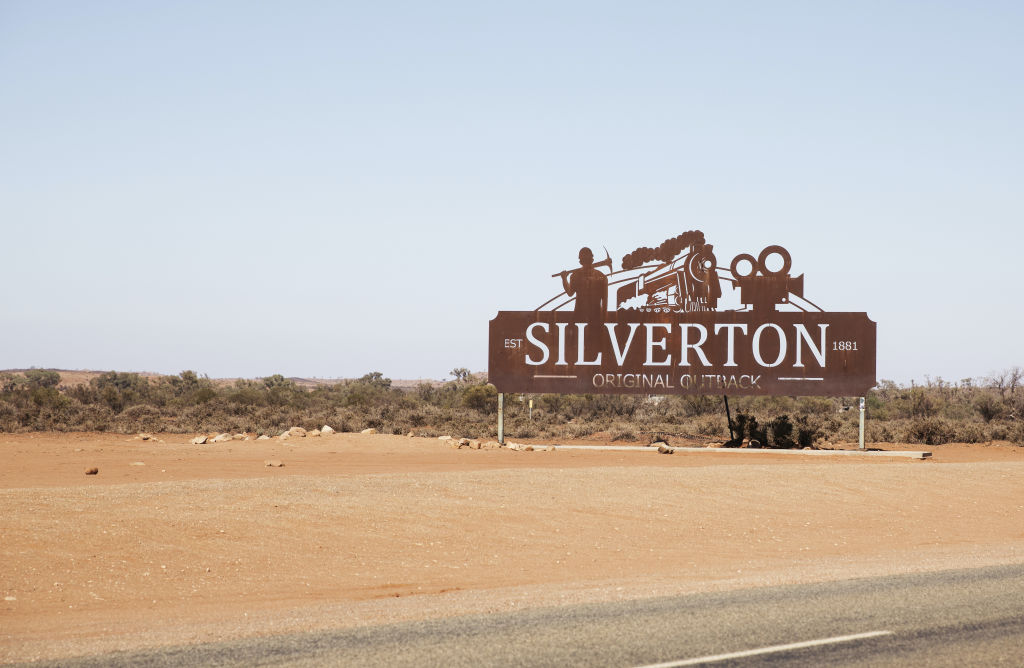
It’s the Hollywood of Australia’s outback. Silverton in western NSW has appeared in so many films and advertisements that locals have lost count.
The red dirt, flat plains and deserted streets that make up the landscape of this outback town have attracted some of the world’s best directors and actors. Iconic Aussie films starring Silverton’s landscapes include The Adventures of Priscilla, Queen of the Desert and Mad Max II, which many locals had a walk-on role in.
Silverton is home to just 50 people, all of whom love it for its quintessential Australian look and feel.
It’s regularly described as a ghost town, but as many as 160,000 tourists pass through every year, usually stopping for a cold one at the Silverton Hotel.
The town is a 20-minute drive north-west of Broken Hill, so it’s an easy add-on to the itinerary for many a grey nomad or road-tripping family.
Population: 50 as of the 2016 census.
Who lives there?
When Adrian Bennett first saw Mad Max II in the cinemas of his home town in York, England, in 1982, he was mesmerised by the beauty of the Australian outback.
He made it his mission to visit the backdrop of the film, and eventually convinced his family to move to Silverton in 2009.
“It’s funny because it felt to me like I’d come home,” he said.
“I can’t really describe it any other way. Everything felt right about it. I just felt like I was in paradise.
“The view across the plains was absolutely stunning and I just said to my wife, Linda, ‘Do you think you can live here?’, thinking it would never happen, and she said, ‘Yes’.”
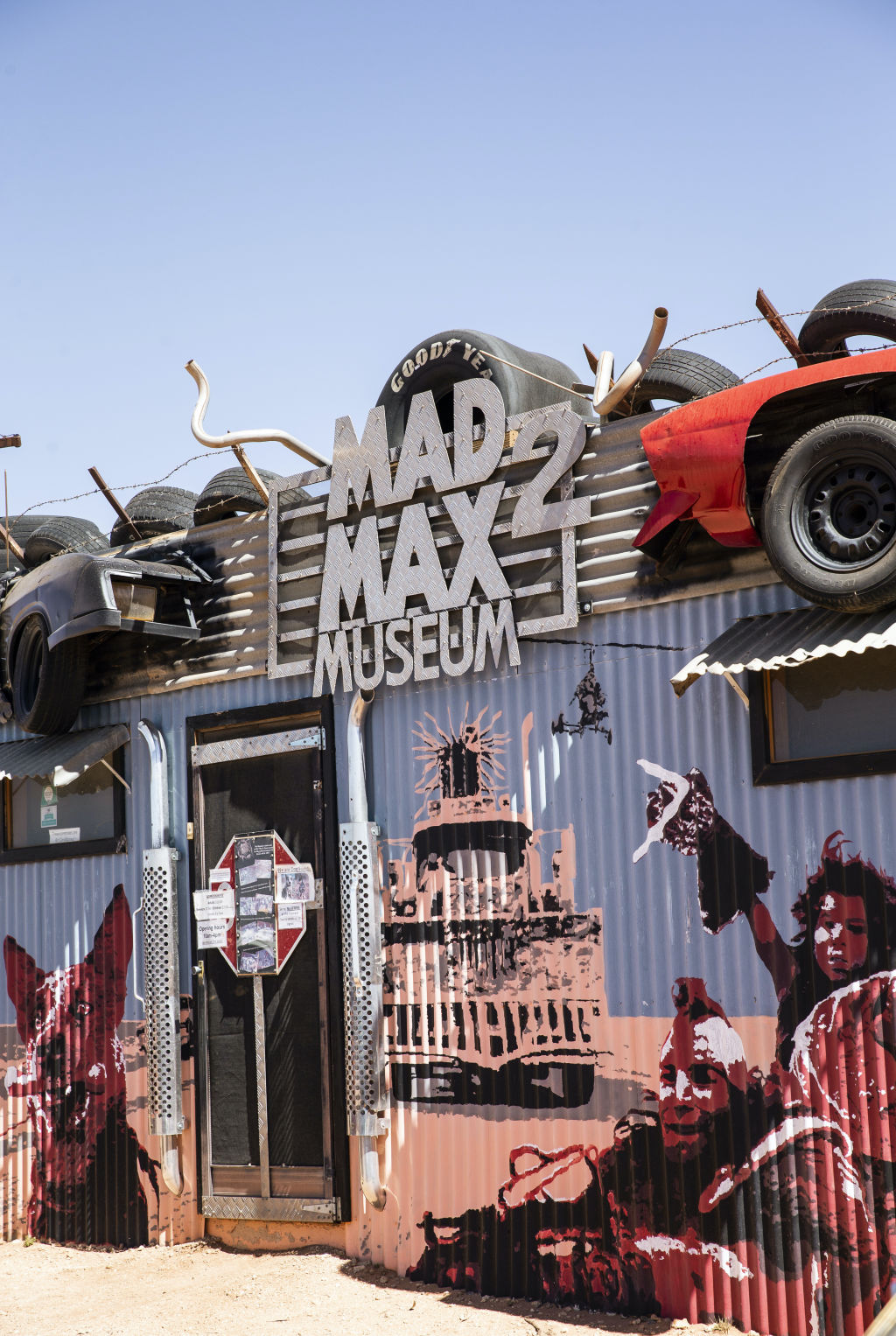
The couple and their four sons moved to Silverton, where Bennett set up the Mad Max Museum, which has become one of the town’s most popular attractions. It displays everything from costumes to props, original vehicles to behind-the-scenes photos.
The museum’s facade is adorned with corrugated iron, tyres and barbed wire, much in the apocalyptic theme of the film. Adrian calls it a “rust-and-dust museum”.
“I just thought it was really odd that for a film of this stature, there was nothing here that paid homage to the film that put Australia on the map,” he said.
“I said to myself if I’m ever lucky enough to move out here, I will do a museum dedicated to Mad Max II and so we found a property which had enough space at the side of it and I didn’t really know what I was doing, but word got out and slowly but surely we started to gather things from the movie.”
Most of the paraphernalia has been gathered from cast members and Bennett is still adding to his collection.
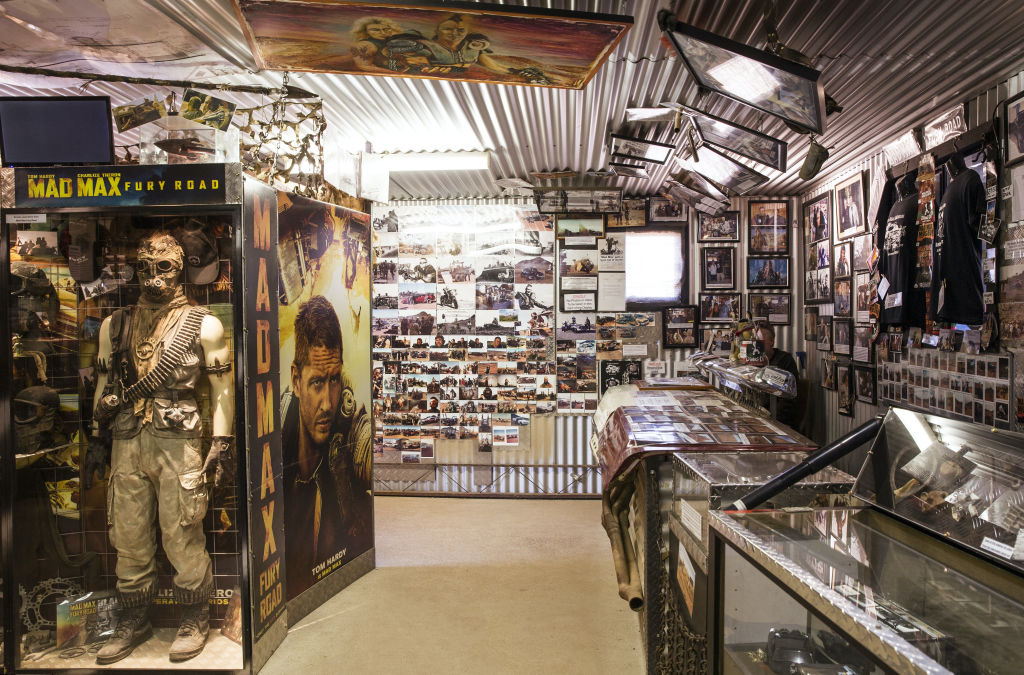
What happens there?
Silverton is focused on tourism, much of which revolves around its history as a busy mining town. During the 1880s it had as many as 3000 inhabitants and was managed by a municipal office. It had a post office, clinic, newspaper, even a football club.
It also had a tramway company that operated a railway line to nearby Cockburn, but this was discontinued in 1970.
Silverton was also the birthplace of BHP (the Broken Hill Proprietary Company) after a meeting of mine owners at the original Silverton Hotel, the remains of which are found at the back of the current hotel.
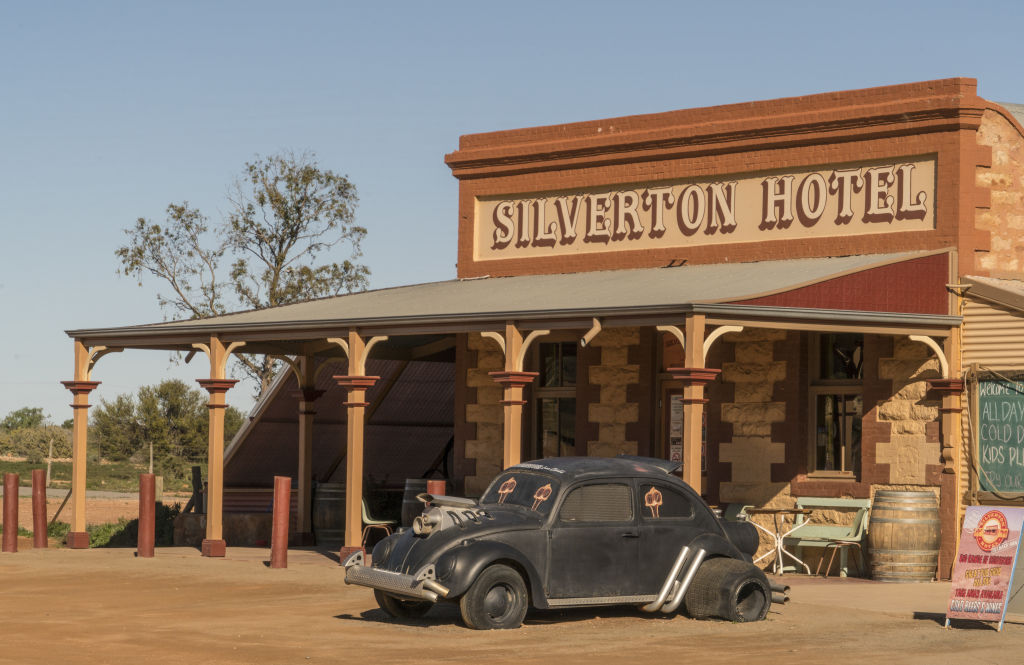
Today, the pub is home to Silverton’s biggest event every March – Silverton Recovery Day, held after the St Patrick’s Race in Broken Hill.
John Dynon has lived in Silverton for 40 years and over that time, his art has become synonymous with the town. His rustic gallery and studio attract plenty of visitors keen to take part of Silverton home with them.
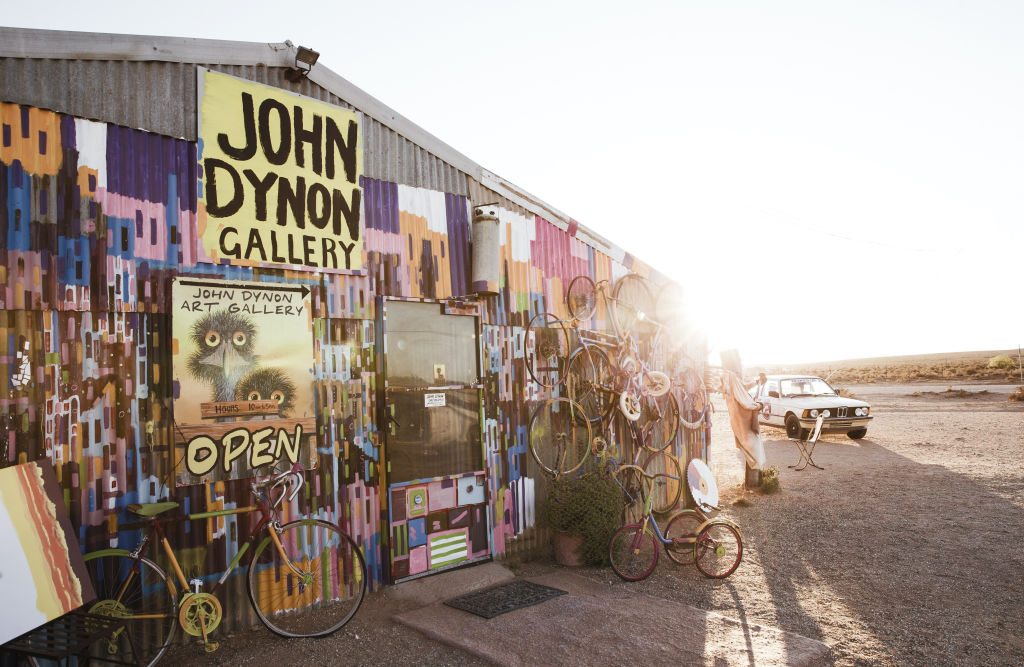
“There’s plenty of inspiration out here, everywhere you look,” Dynon said.
“The scenery, the outback, the big skies, the lovely sunsets and sunrises – there’s just so much beautiful scenery out here.
“It’s got everything going for it and everyone who comes here loves it.”
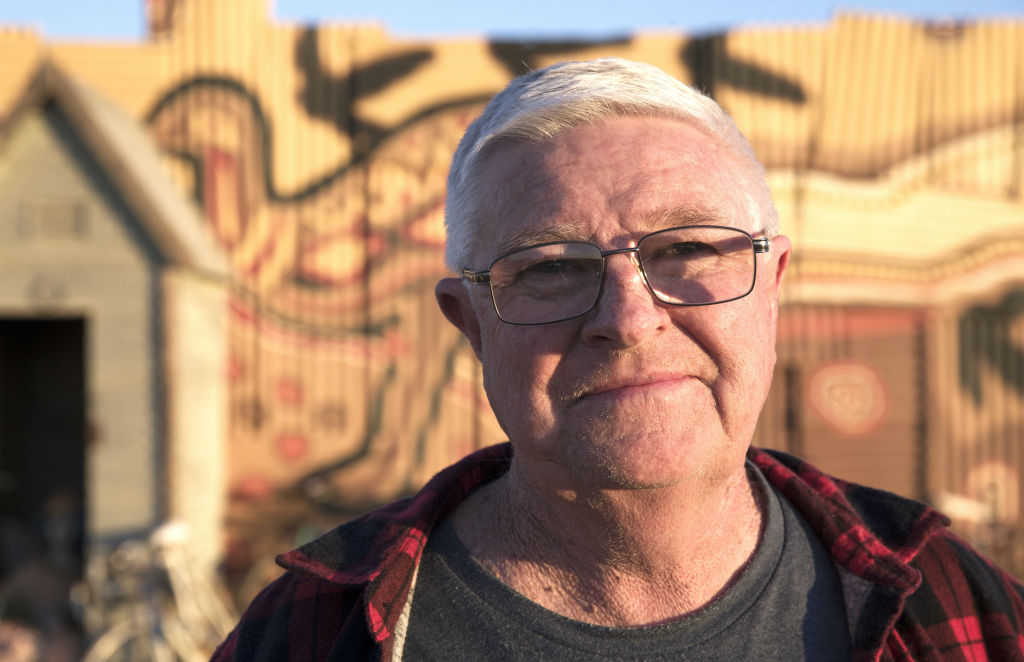
Dynon’s favourite place is Mundi Mundi Plains, four kilometres from Silverton’s centre. The plains are popular with tourists and locals, who head out there at sunset to see a magnificent view.
“It’s flat as far as the eye can see and at sunset you can actually see the curvature of the earth,” he said.
“It’s just a big open expanse.”
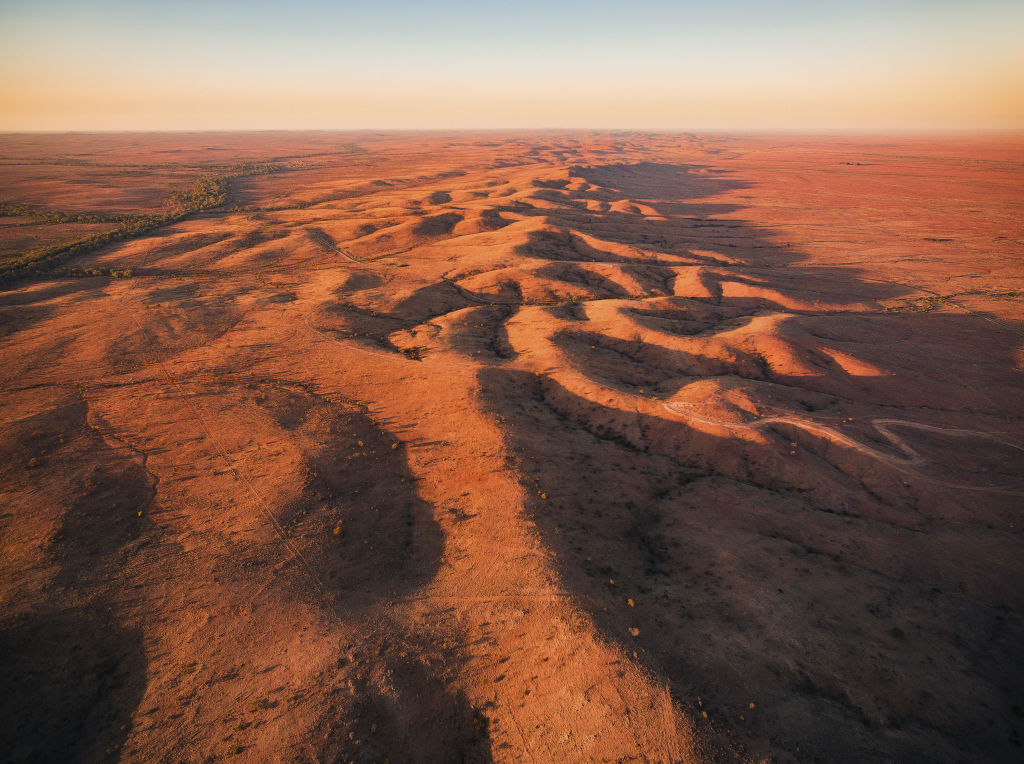
What’s life like?
For many of Silverton’s locals, the pace of life hits the sweet spot between busy and relaxed. Tourism peaks in the cooler months, generally between April and September.
Beth White has managed the Historic Day Dream Mine with husband Kevin for 26 years now. The silver-lead mine was set up in 1881 by men and boys from Cornwall, England.
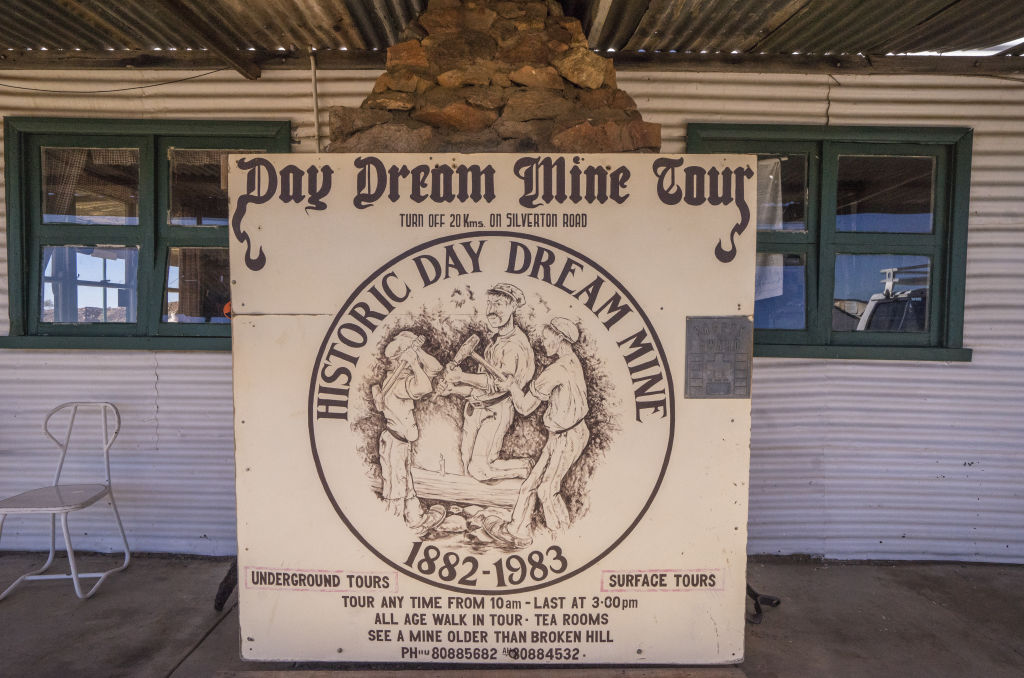
About 27,000 people visited the mine last year, taking tours underground and above the surface.
“Grey nomads are what keep us going,” Beth said.
“They love the mine because it’s authentic, it’s real. We didn’t make it, these Cornish miners dug it. We didn’t do anything except keep up the maintenance and make it viable for people to come through.”
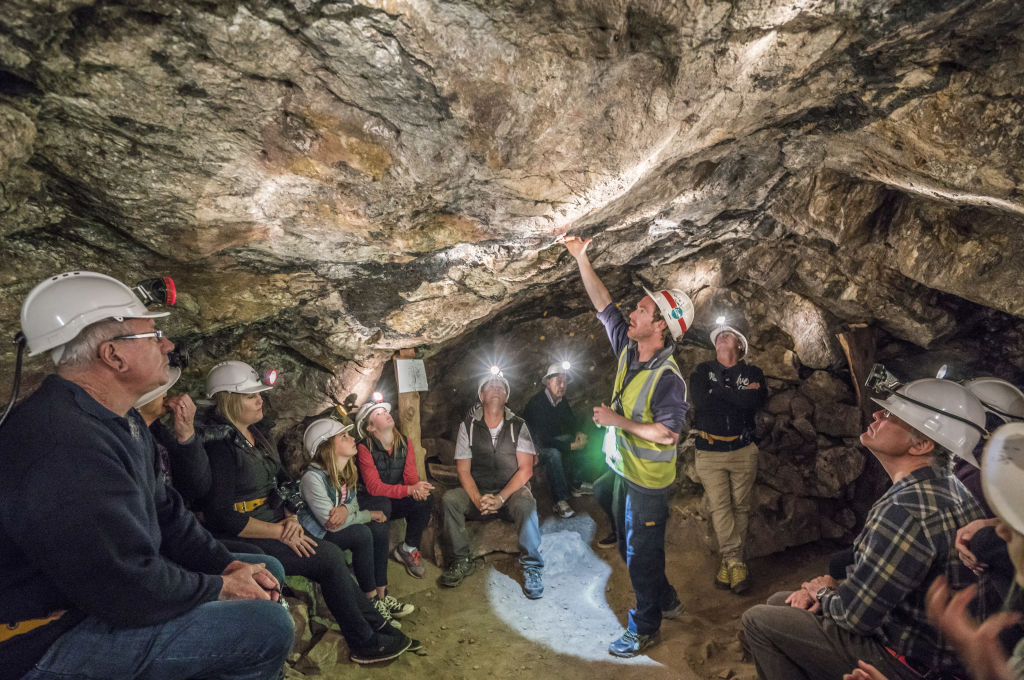
What jobs are there?
Tourism employs most people in Silverton, with many running their own businesses. A good portion of its residents are in the arts industry and if they don’t work in the town, they commute the 24 kilometres to Broken Hill.
Why should you move there?
If you love iconic Australian landscapes, you will love Silverton. From the sandstone ruins found throughout the town centre, to the beauty of Mundi Mundi Plains and the Umberumberka Reservoir.
Outback charm is all around and its stark beauty means there’s almost always a movie, television series or commercial set in town.
Green thumbs will love the Silverton redgums that grow along the town’s creeks as well as the mulgas and emu bushes. Wildflowers in the region include the Sturt’s desert pea.
Sunrise and sunset is the best time to see the local wildlife that includes echidnas, bats, fairy wrens, lizards and kangaroos.
One of the best ways to take it all in is on the Heritage Walking Trail – a two-hour trek that takes in the Silverton wind farm and the Umberumberka silver mine, as well as a viewpoint that shows off the Barrier Ranges and the Mundi Mundi Plains.
Silverton is off the beaten track and this is exactly what locals find so attractive about it. They don’t mind commuting to and from Broken Hill for most of their conveniences and still enjoy showing their town off to the passing parade of tourists.
We recommend
We thought you might like
States
Capital Cities
Capital Cities - Rentals
Popular Areas
Allhomes
More
